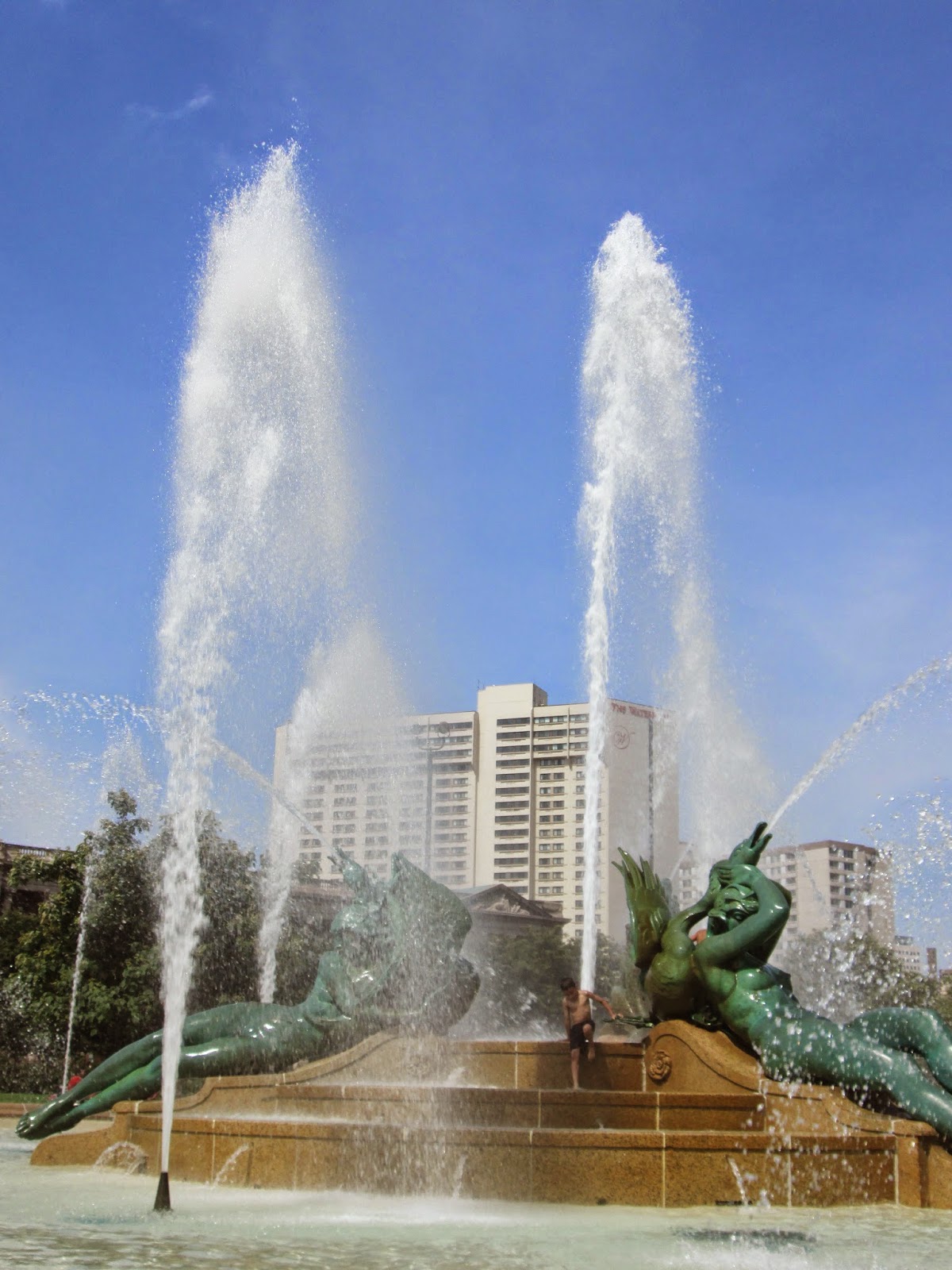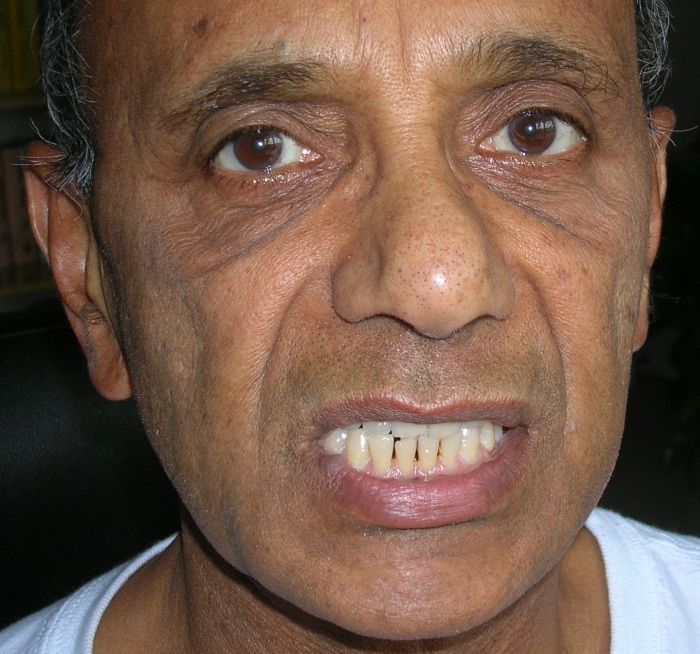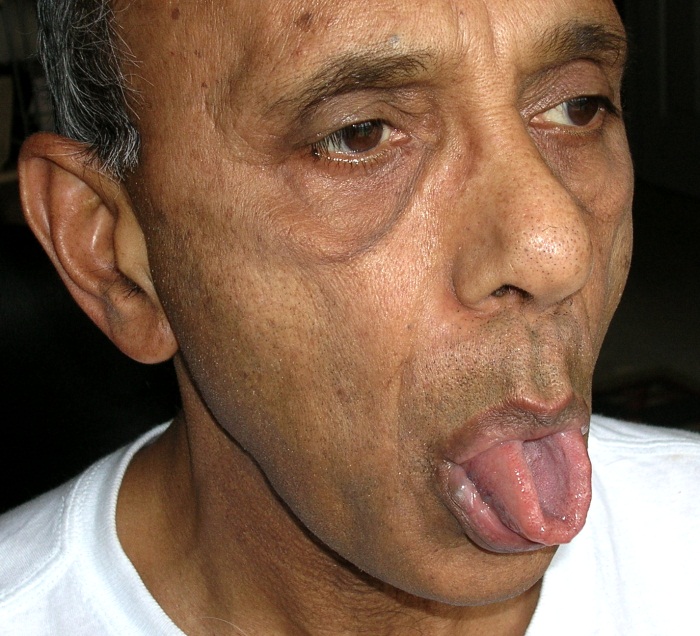 |
| Lucky Statues |
This may be TMI or Too Much Information, but I have been a hot sweaty mess this late Spring. News Flash, I am having Hot Flashes. And besides the sub-zero temperatures that I crave, I need some more support for these waves of heat. Announcing the Cooling Breaths of Sitali (or Sheetali) and Seetkari. (see website for more informaiton http://yogawithsubhash.com/2010/09/15/sheetali-seetkari-pranayama), Give it a go this summer whenever you feel the need. In addition, I am going to buy one of those touristy hat fans.
Sheetali and Seetkari – Pranayama to Control Stress and Blood Pressure
Seetkari Pranayama
Step-by-step
- Sit in any comfortable cross-legged sitting posture with the spine upright, arms and shoulders relaxed.
- For the next few breaths, observe the flow of breath at the tip of the nose. This helps bring in a feeling of being centered and inward focused.
- Open the lips and bring the teeth together lightly.
- Take a long deep inhalation through the gap between the teeth.
- At the end of inhalation, lower the chin to the chest in Jalandhara Bandha and hold the breath for 6 to 8 seconds. Make sure that you retain the breath only as long as it does not impact the quality and depth of the following exhalation.
- When you are ready to exhale, lift the chin up, close the right nostril with the right thumb. Using Ujjayi breath, exhale slowly through the left nostril. This completes one round.
- Repeat for five deep breaths.
- At the end, bring the breathing back to normal and relax.
Sheetali Pranayama
Step-by-step
- Sit in any comfortable cross-legged sitting posture with the spine upright, arms and shoulders relaxed.
- For the next few breaths, observe the flow of breath at the tip of the nose. This helps bring in a feeling of being centered and inward focused.
- Bring the tongue all the way out and roll it in the shape of a tube. Some people have problem creating this tube with their tongue. In that case, continue with the Seetkari pranayama, described above.
- Take a deep, long inhalation through the tube in the tongue.
- At the end of inhalation, lower the chin to the chest in Jalandhara Bandha and hold the breath for 6 to 8 seconds. Make sure that you retain the breath only as long as it does not impact the quality and depth of the following exhalation.
- When you are ready to exhale, lift the chin up, close the right nostril with the right thumb. Using Ujjayi breath, exhale slowly through the left nostril. This completes one round.
- Repeat for five deep breaths.
- At the end, bring the breathing back to normal and relax.
Benefits
- Both Sheetali and Seetkari are effective in cooling the system down. The cooling effect is induced by the incoming breath which makes contact with the moisture in the mouth.
- Cooling is not just limited to the physical level alone. These practices calm the nerves down and also help calm the mind.
- Helps deal with stress more effectively.
- Helps lower blood pressure.
- You are able to sleep better, thus helping fight insomnia.
- Mental calmness can help deal with anger and anxiety.
Contraindications
The Breath – Prana & Apana
(this article has been shortened, for full version with poses details, please go to http://www.yogajournal.com/practice/2585)
Find Your Roots

The great eighth-century yogin and philosopher Shankaracharya said, “Yoga asana is that in whichmeditation flows spontaneously and ceaselessly, not that which destroys happiness.” In other words, when yoga poses are well aligned, they feel so good internally that the mind is practically stunned with awe, and the breath flows right up the front of the spine into the spacious radiance of the body’s central axis. The experience is beautiful and sublime. Realistically, our practices can rarely be called sublime. The mind and ego seem programmed to stay out of the central axis, making practice a superficial exercise in self-improvement rather than the precise observation of, and insight into, the nature of our body and mind.
An excellent way to counteract this tendency is to link the two basic internal patterns that control inhaling and exhaling. These are called prana (upward spreading breath) and apana (downward contracting breath). The prana controls inhaling; it is felt as an upward floating, spreading, branching, and flowering pattern. Its home is the core of the heart. The apana controls exhaling. It is the downward rooting flow, which contracts, or tones, into a seed point at the center of the pelvic floor. This small area in the perineum is also known as the mula, or root, in yoga. The poses in this series will increase your awareness of apana by bringing attention to the pelvic floor, which will help you feel rooted to the earth, grounded, and calm.
With each breath you take, prana and apana organize the movement of bones and muscles. Prana lengthens, or extends, the spine (as in a backbend) and brings the legs into internal rotation; apana rounds, or flexes, the spine (as in a forward bend) and spins the legs externally. In the sequence that follows, I strongly encourage you to go beyond the external forms of the asana and into the realm where prana joins apana. You can experience this joining energetically, by feeling how the two pull against each other as you breathe. And you can feel it physically by playing with the resulting extensions, flexions, spins, and counterspins that naturally occur in your spine and your limbs as you do the poses. By practicing this way, you will learn to cultivate the full spectrum of breathing and muscular rhythms that goes on deep inside your body, which will enable you to tap into the radiant nature of your core body and bring you into meditation.
To start this process, be mindful of your breath. In each pose, make the gaze of the eyes steady and soft, and empty the palate by relaxing the mouth into a Mona Lisa smile. Then begin to draw the breath into long, pleasant threads as you work in the pose. After some time with the breath flowing in this way, the four corners of your pelvic floor—the coccyx , the pubic bone, and the two sitting bones—will simultaneously drop, and the center of the pelvic floor will draw up like a flame into what’s known as Mula Bandha (Root Lock), forming an intelligent base that brings the rest of your body into harmony. When the mind is distracted, the apana and the prana are not integrated, and the coccyx and the pubic bone will not pull down at the same time. Pay attention to dropping the coccyx, which strongly stimulates the apana pattern, at the same time as dropping the pubic bone, which strongly enhances the prana pattern.
The strong work of grounding, connecting to the earth, and of spiraling and counterspiraling that you’ll do in this sequence is like laying down a root to hold on to the earth. If you can do this work with a sense of kindness and compassion, and with an empty palate, the root will sprout and, as it grows, it will bear flowers of openness and natural insight.
The Poses
Supported Twist
Supported Bridge
Lie on your back with knees bent and feet flat on the floor. Lift butt and slide the stack of 2 or 4 blankets under the base of your spine. Find a comfortable position, then let the upper back release on the floor. Arms are relaxed at sides or resting on belly. Feel chest and belly rise with each breath. Roll gently to one side when done and inhale up to seated.
Variation
Make two stacks of two double or triple fold blankets on top of each other. Placed the two stacks end to end. Height and width of blankets can be adjusted for your body. Sit down straddling one of the stacks and carefully lower yourself down onto forearms, swing your legs on to other stack and lie down. Neck roll is placed at top stack, lower shoulder and head to floor. Neck is supported by neck roll and head is completely flat on floor with forehead and chin on the same plane. Arms stretched out to the sides. The stacks of blankets should be long enough for the entire body to be resting on including the feet. Option to put strap around calves if the legs are rolling outward. Stay for up to 15 minutes. Roll off blankets slowly and bring knees to chest with some movement.
Nesting Pose




Leave A Comment